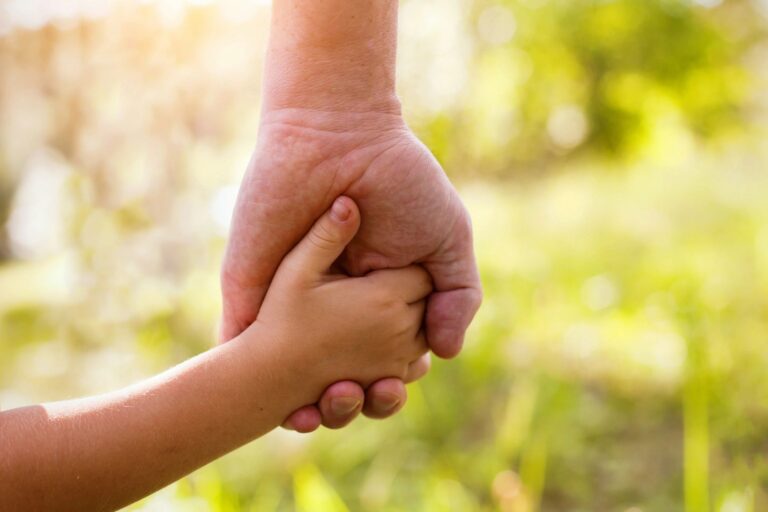
We all know about being positive– the opposite of being negative. Easy isn’t it? How about positive parenting – is it the opposite of negative parenting? Let’s look at that ….
Positive Parenting: More Than Avoiding Negativity
Positive parenting aims to develop a stronger and healthier relationship between parents and children. The benefits continue well beyond childhood as we set our children on the path to grow into happy, respectful, responsible and resilient adults.
To be positive is to be upbeat, hopeful, sure, respectful, to display honesty, trust and love – while parenting is the process of raising a child, providing love, care, security and so much more to the best of our ability.
You may be thinking ….I’m doing ok, I’m a good parent, why do I need this?
Our bundles of joy do not come with manuals so with our first borns (and following children for some of us) our “L “plates are on from Day 1, and for each subsequent day till we wave our grown up bundles of joy off on their adult adventures….
To parent positively is to develop a mutually respectful, strong and deeply caring relationship where your child feels loved and secure. With those two feelings of love and security you have the basis for a positive relationship that starts with babies and extends through pre-school years to primary and high school. As imperfect humans we all have life experience, old habits, personality and characters that make us who we are. So it’s important to understand that positive parenting is not perfect parenting. Your child is as unique as your parenting style.
Confucius’ Wisdom in Parenting
The wise words of Confucius: I hear and I forget, I see and I remember, I do and I understand are never more important than when applied to positive parenting. As parents, we are our children’s first teachers and role models.
To parent positively is to show our children that we accept them in good times and bad, to demonstrate patience and self-control to them, to be present in the moment so we can “catch “the good instances in action and support and acknowledge these. Whether our child is a 5 or a 15 year old, the way we respond requires positive, realistic and age- appropriate expectations.
With all the distractions of daily life let alone the intrusion of social media, this is no easy task.
I like this article below from the Huffington post – it has some practical tips. The point about eye contact resonates with me for the reasons stated – to stop, to look, to connect, to give your full attention…
Ten ways to practice positive parenting and be a more present parent
https://www.huffpost.com/entry/10-ways-to-become-a-more-_b_9499286
You may be aware that there are many parenting help sites and courses with often conflicting advice for parents.
The Triple P Parenting programs were developed in Australia for Australian families. You may be interested in reading about their courses.
https://www.triplep-parenting.net.au/au-uken/get-started/5-steps-to-positive-parenting/
https://www.triplep-parenting.net.au/au-uken/about-triple-p/positive-parenting-program/our-history/
The Raising Children website also has references to positive parenting:
https://raisingchildren.net.au/newborns/connecting-communicating/bonding/parent-child-relationships
Parents, your child and your style of parenting is unique. What works for you doesn’t necessarily work for another family but positive parenting techniques are universal.
We have wonderful, imperfect children and young people. We need to stop and remember what a challenging and rewarding job it is to be a parent in 2021 – and to tell ourselves- positively – that we are doing a great job.
_______________________________________________________________________________________________________________________________________________________________________________
Mary Digges *
MDR Education
Early Childhood Consultant for Angsana Education.
* Mary Digges is an early childhood teacher, lecturer, trainer, assessor and consultant in education and has long promoted bilingual and multilingual education. Mary has worked in Australia, Singapore and China.
